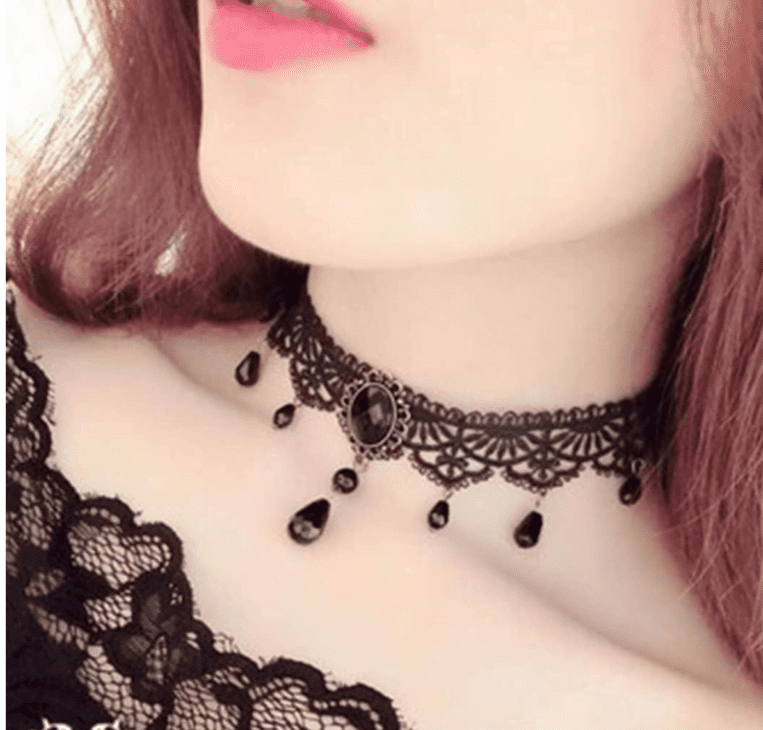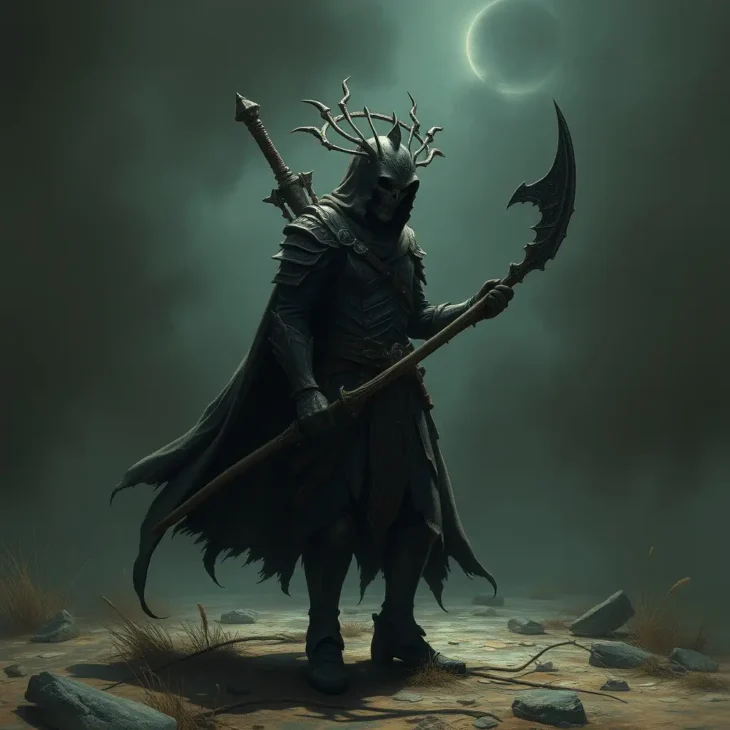3 Reasons Why ‘Eerie’ (2018) is the Perfect Psychological Horror Film for Date Night

Haunted School Setting
The film “Eerie” masterfully utilizes its setting—an old, all-girls Catholic school—to amplify the film’s psychological horror elements, crafting an atmosphere that is both sinister and claustrophobic. The aged architecture and creaking wooden floors immediately evoke a sense of history weighed down by untold stories and hidden fears. Dark, winding hallways stretch into unsettling unknowns, each corridor an invitation to anxiety. The oppressive silence in these spaces adds a layer of tension, where even the faintest sound can set nerves on edge.
Abandoned restrooms, frequently highlighted in the film, serve as focal points for some of the most chilling moments. These spaces, once familiar and mundane, are transformed into sites of dread with flickering lights and ominous shadows playing upon peeling paint and cracked tiles. The contrast between the religious imagery and the foreboding setting deepens the sense of unease. Statues of saints and crucifixes, meant to symbolize protection and divine presence, become haunting in the dim light, their eyes appearing to follow, and their shadows casting eerie shapes.
The careful architectural design plays a crucial role in the film’s overall creepiness. The grand yet decaying structure of the school, with its high ceilings and gothic elements, adds to the claustrophobic feeling. At times, the wide-open spaces seem too vast, making even solitary footsteps echo ominously. The deliberate lighting choices—dim, often relying on natural light filtering through old window panes—cast elongated shadows that make every corner of the school feel simultaneously exposed and hidden, embodying the essence of psychological horror.
In “Eerie,” the haunted school setting isn’t merely a backdrop for the action; it’s an active participant in the storytelling. It heightens the feeling of isolation and disorientation, ensuring that every moment is steeped in tension. The deft combination of architectural design, lighting, and religious imagery ensures that viewers are kept on edge, immersed in an environment where fear lurks in every nook and cranny.
Chilling Ghost Encounters
One of the standout features of ‘Eerie’ is its effective use of ghostly apparitions, with the character of Erica serving as a central figure in amplifying the film’s psychological terror. Erica’s terrifying appearances are crafted to heighten the film’s scare factor, making her encounters with the protagonist, Pat, particularly impactful. These chilling encounters serve not just to scare, but to add layers of psychological depth to the narrative.
The film skillfully employs a blend of visual and auditory techniques to make Erica’s appearances exceptionally unsettling. Jump scares are strategically used, but what truly sets ‘Eerie’ apart is its reliance on unsettling visual cues and atmospheric tension. For example, in one particularly hair-raising scene, Erica’s shadow is glimpsed in the background, moving independently of anything logical within the frame. These subtle yet potent moments force viewers to question their perceptions, blurring the lines between reality and the supernatural.
Additionally, Erica’s hauntings are filled with psychological implications that delve deep into the protagonists’ fears and insecurities. Pat experiences a series of unnerving visions and sounds that seem to stem from her own doubts and guilt, pushing her to the edge. By presenting Erica as a manifestation of these internal struggles, ‘Eerie’ not only scares its audience but also prompts introspection about the nature of fear and guilt.
Erica’s interactions with Pat are designed to escalate tension incrementally, keeping viewers constantly on edge. In a particularly intense scene, Pat encounters Erica in a dimly lit hallway. The director uses narrow spaces, low lighting, and a slow build-up of eerie sounds to create an atmosphere so thick with suspense that it becomes almost unbearable. This use of claustrophobic settings and subtle sound design ensures that Erica remains an ever-present threat, embodying the film’s core theme of unresolved trauma.
The meticulous crafting of Erica as a fear-inducing entity, combined with her significant psychological undertones, makes her ghostly encounters one of the most compelling aspects of ‘Eerie’. This masterful blend of supernatural and psychological horror ensures that ‘Eerie’ maintains its grip on the audience, making it an excellent choice for a spine-chilling date night.
Psychological Thrills
‘Eerie’ transcends the usual ghostly scares commonly associated with horror films, delving deeply into the realm of psychological horror. Central to the film’s unsettling ambiance is the character of Pat, a guidance counselor entangled in the spectral maze of trauma, guilt, and unresolved death as she investigates mysterious student deaths at an all-girls’ Catholic school. The narrative masterfully weaves these themes into a tapestry of mental anguish and existential dread, enhancing the psychological tension and adding a profound layer of complexity to the horror.
Trauma stands as a pervasive element in ‘Eerie.’ Pat’s encounters with the students’ untimely deaths serve as a catalyst for her own psychological turmoil. The portrayal of her frequent disturbing flashbacks—vivid, haunting glimpses into tragic events—magnifies the film’s tension. These flashbacks are not mere plot devices; they function to underscore the devastating impact of unresolved trauma on one’s psyche. Pat’s mental strain is palpable as these intrusive memories surface unpredictably, disturbing her sense of reality and stability.
Guilt is another significant narrative thread that courses through the film. Pat’s internal struggle is compounded by her inability to prevent these deaths, which festers into an all-consuming sense of culpability. This guilt is effectively visualized through her creepy visions—macabre manifestations that blur the line between the spectral and the psychological. These chilling visions not only intensify the horror but also serve to illustrate Pat’s deteriorating mental state, as she grapples with the profound consequences of her perceived failures.
The film’s exploration of unresolved death propels the narrative into deeper psychological waters. The unresolved fates of the students haunt not only the school but also Pat’s consciousness. As she delves further into the mystery, her sense of reality disintegrates, leaving her vulnerable to the harrowing psychological effects of despair and hopelessness. This gradual unraveling of her mental state amplifies the film’s tension and creates a continuous wave of dread that permeates the viewer’s experience.
In essence, ‘Eerie’ is a masterpiece that meticulously blends psychological horror with supernatural elements, ensuring a multi-dimensional experience. The film’s focus on deep, psychological themes such as trauma, guilt, and unresolved death elevates it beyond mere superficial scares, making it a compelling choice for a psychologically thrilling date night.
‘Eerie’ (2018) masterfully blends disturbing visuals with meticulous build-up to create a memorable psychological horror experience. The film employs a variety of unsettling visual elements that leave a lasting impression on viewers. The strategic use of shadows and low lighting creates an atmosphere of constant dread, while reflections in mirrors and windows often reveal ghostly figures lurking just out of sight. These chilling visual nuances keep the audience continually on edge, questioning what they see and anticipating the next frightful revelation.
One of the film’s standout features is its use of unsettling camera angles. Director Mikhail Red employs unusual perspectives, such as shots from high above or from the ground, which distort the viewers’ sense of reality and make them feel off-balance. This technique enhances the psychological horror, as the skewed visuals mirror the characters’ escalating paranoia and fear. Moreover, the cinematography often lingers on empty hallways or seemingly innocuous rooms, imbuing the mundane with an eerie sense of foreboding.
The pacing of ‘Eerie’ is carefully constructed to maintain a continuous suspenseful atmosphere. The film builds tension incrementally, avoiding cheap jump scares in favor of a slow, deliberate approach. This methodical build-up ensures that when the scares do occur, they are deeply impactful. The narrative takes its time to unfold, allowing viewers to become fully immersed in the creeping dread that permeates the film’s setting, a Catholic school with a dark past.
As the story progresses, the tension heightens, culminating in ghostly confrontations that are as terrifying as they are compelling. These climactic moments are made more potent by the film’s deliberate pace, which ensures that each revelation and scare hits hard. The careful orchestration of suspense and horror makes ‘Eerie’ a gripping watch, perfect for a date night that will leave both viewers spellbound and thoroughly terrified.
Green Black Lace Necklaces Gothic Lace Choker Crystal Pendant
Unleash your dark elegance with the Graeen Black Lace Gothic Choker—an enchanting blend of vintage lace and a captivating crystal pendant. Perfect for Halloween, cosplay, or adding a bold touch to your everyday look, this choker exudes a mysterious allure that’s sure to turn heads. Embrace your inner queen of the night with this stunning piece, designed to enhance your aura with gothic grace and timeless beauty. Whether you’re dressing up or simply indulging your love for the dark arts, this choker is your perfect statement accessory. Note: As an Amazon Affiliate, we earn from qualifying purchase
Here’s my breakdown for Eerie:
- Scares: ⭐️⭐️⭐️⭐️☆
Plenty of spine-chilling moments and eerie atmosphere. - Storyline: ⭐️⭐️⭐️☆
Interesting plot, but a bit predictable at times. - Date Night Vibes: ⭐️⭐️⭐️⭐️☆
Definitely a movie that’ll keep you and your date clinging to each other! - Cinematography: ⭐️⭐️⭐️⭐️
Great use of lighting and shadows for that creepy vibe. - Overall: ⭐️⭐️⭐️⭐️
A solid horror flick with enough scares to make for an intense and memorable movie night!






